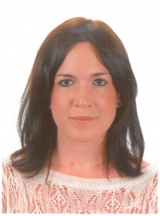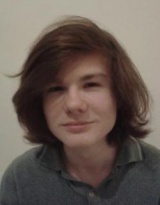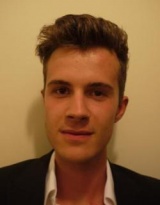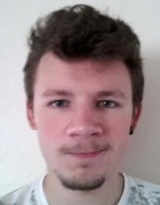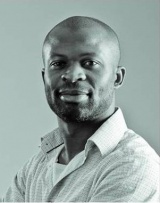People
Group Members:
Dr Marcus C. Newton BSc (London), PhD (UCL), MInstP, FHEA Principal Investigator Academic BackgroundDr. Newton is a lecturer in the department of Physics & Astronomy. He earned his Ph.D. from University College London in the London Centre for Nanotechnology (LCN). He then spent a number of highly productive years at the LCN conducting research in the field of coherent X-ray imaging and utilising the APS light source for experiments on nanoscale crystals. He was then invited to join Hokkaido University as professor of physics at the assistant level and was awarded the prestigious JSPS Kakenhi award to carry out research into ultra-fast structural dynamics using the SACLA X-ray free electron laser (XFEL). He subsequently returned to the UK and joined the Physics & Astronomy department at the University of Southampton. Undergraduate TeachingCrystalline Solids, Computer Techniques in Physics Research InterestsDr. Newton is interested in understanding phenomena in correlated electronic materials such as vanadium dioxide and zinc oxide. His research is focused on the use of coherent X-ray diffraction imaging (CXDI) to study nanoscale materials at hard X-ray synchrotron sources such as the SACLA X-ray free electron laser (XFEL) facility and the Diamond Light Source. He is also at the forefront in the study of self-assembled nanoscale materials and devices. These include group II-VI semiconductor materials such as zinc oxide (ZnO). Dr. Newton also conducts theoretical research into non-linear optimisation and the phase retrieval problem which is encountered in a number of disciplines including X-ray crystallography, sparse-aperture imagery and astronomy. Dr. Newton also continues to investigate how the theory of compressed sensing can be applied to the non-convex phase retrieval problem. He is also the author of the Interactive Phase Retrieval Suite, the first software package that allows for real-time visualisation of the reconstruction of phase information in both two and three dimensions. This is used for analysing diffraction data obtained from coherent X-ray diffraction imaging experiments.
| |
Elena Ureña Horno Ph.D. candidate Elena joined us in 2014. She is working on ultra-fast imaging of nanometre scale structures.
| |
Adam Pietraszewski Masters Student
| |
Anthony Kenny Masters Student
| |
Simon Payne Masters Student | |
Charlie Turner Masters Student
| |
Visiting Scientists:
|
Dr Dusan Plasienka Dusan is a visiting scientist with interests that include ab initio modelling of structural and electronic transitions in crystalline and disordered materials, high-pressure and temperature behavior of liquids and solids, phase diagrams, crystal structure prediction and simulations of transformation mechanisms from molecular dynamics and metadynamics.
|
|
Dr Charles Opoku Charles received the B.Eng. degree in electronic engineering, and the M.Sc. in nanotechnology and nanoelectronic devices from the University of Surrey, U.K., in 2006 and 2007, respectively, and the Ph.D. degree in nanoelectronics from the Advanced Technology Institute,University of Surrey, in 2011. He became a Research Associate on a collaborative research project at the Advanced Technology Institute between 2012 and 2013. He joined the Department of Matèraiux Microèlectronique Acoustic Nanotechnologies, GREMAN, Université François Rabelais de Tours, in 2013, as a Post-Doctoral Researcher, working on nanomaterial-imbedded energy recuperation systems. He is currently a Research Associate at the University of Surrey, working on nanostructured based Biosensor applications. His other research interests include energy generation by direct peizoelectric effect in nanostructures, charge transport in single crystalline inorganic 1-D materials, solution processable plastic electronics, hybrid organic-inorganic systems, and ultrasensitive Chemical and Biological Sensors based on nanostructures. |

